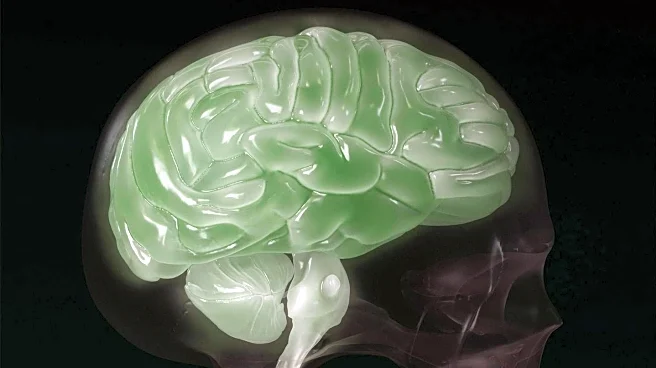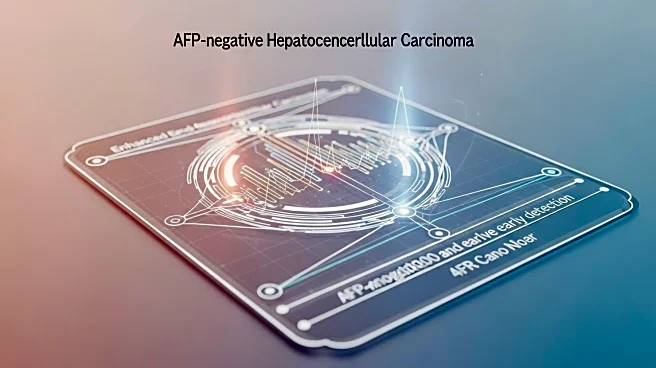What is the story about?
What's Happening?
A recent longitudinal study has identified key biomarkers that predict the persistence of depressive symptoms over a six-month period. The study followed 60 patients and found that higher baseline levels of inflammation and specific brain perfusion patterns were associated with ongoing depression. Notably, increased perfusion in the left and right orbito-frontal cortices and right accumbens nucleus, along with a younger baseline age and longer episode duration, were significant predictors of poor outcomes. The study highlights the role of systemic inflammation and brain perfusion abnormalities in regions involved in emotion regulation and decision-making as critical factors in depression persistence.
Why It's Important?
The findings of this study have significant implications for the treatment and management of depression. By identifying specific biomarkers associated with depression persistence, healthcare providers can better tailor interventions to individual patients. This could lead to more effective treatment strategies, particularly for those with treatment-resistant depression. The study also underscores the importance of early intervention and the potential for using biomarkers to predict treatment outcomes, which could improve the quality of life for many patients suffering from depression.
What's Next?
Future research may focus on developing targeted therapies that address the identified biomarkers, potentially leading to more personalized treatment plans. Additionally, further studies could explore the integration of these biomarkers into routine clinical assessments to enhance the prediction and management of depression outcomes.
Beyond the Headlines
The study's emphasis on inflammation and brain perfusion as predictors of depression persistence highlights the complex interplay between biological and psychological factors in mental health. This could lead to a broader understanding of depression as a multifaceted disorder, requiring a holistic approach to treatment that considers both biological and environmental influences.
AI Generated Content
Do you find this article useful?













